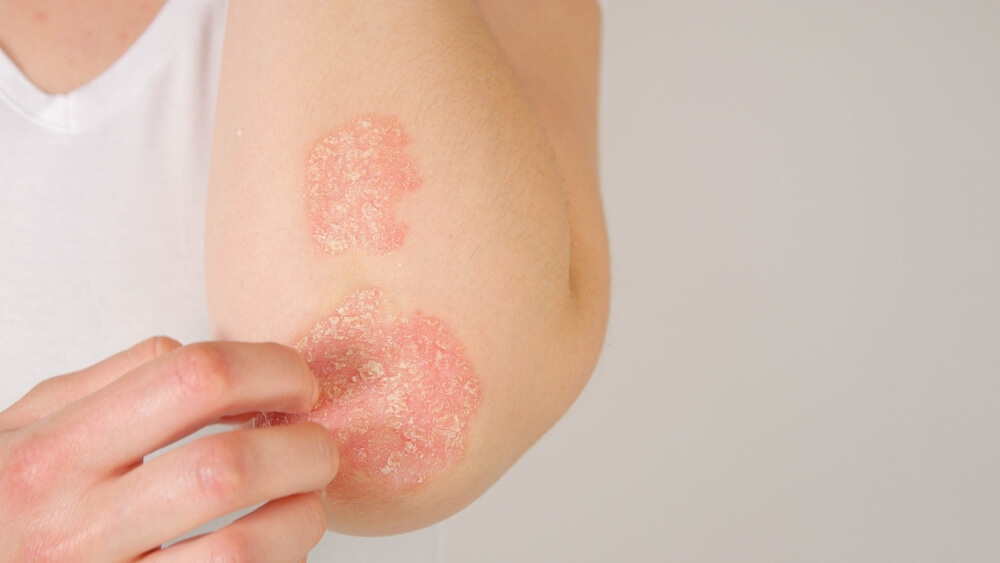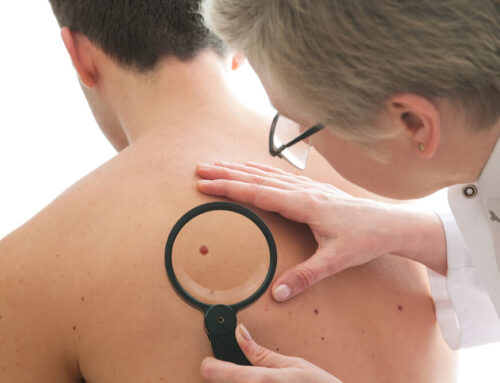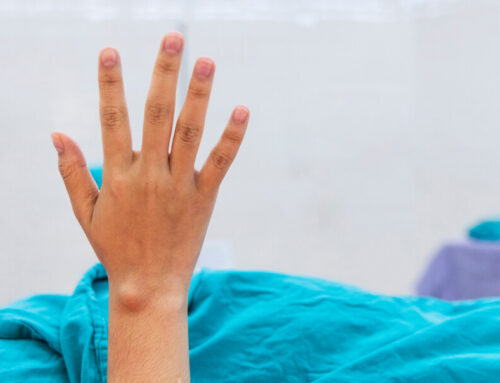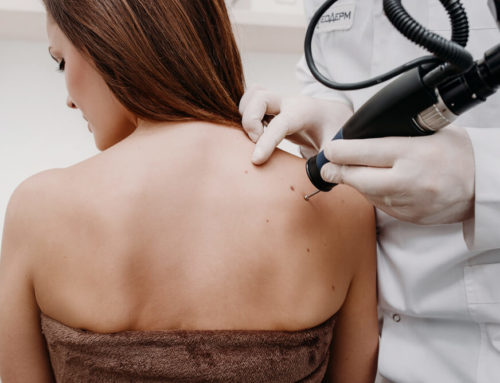Skin lesions are an area of the skin that looks noticeably different from other areas. They are often seen with bumps or patches on the skin. There are many different types of skin lesions, and some can be dangerous. Read below as we let you know the main red flags you need to look for when having lesions on the skin and how to get a skin lesion diagnosis.
What Are the Causes of Skin Lesions?
A skin infection often causes skin lesions. Most of the time, they are not dangerous. However, some have the potential to cause skin cancer.
Because of all this, you need to know what the different lesions on the skin mean and how to figure out if you should go to a doctor and get it checked out or not.
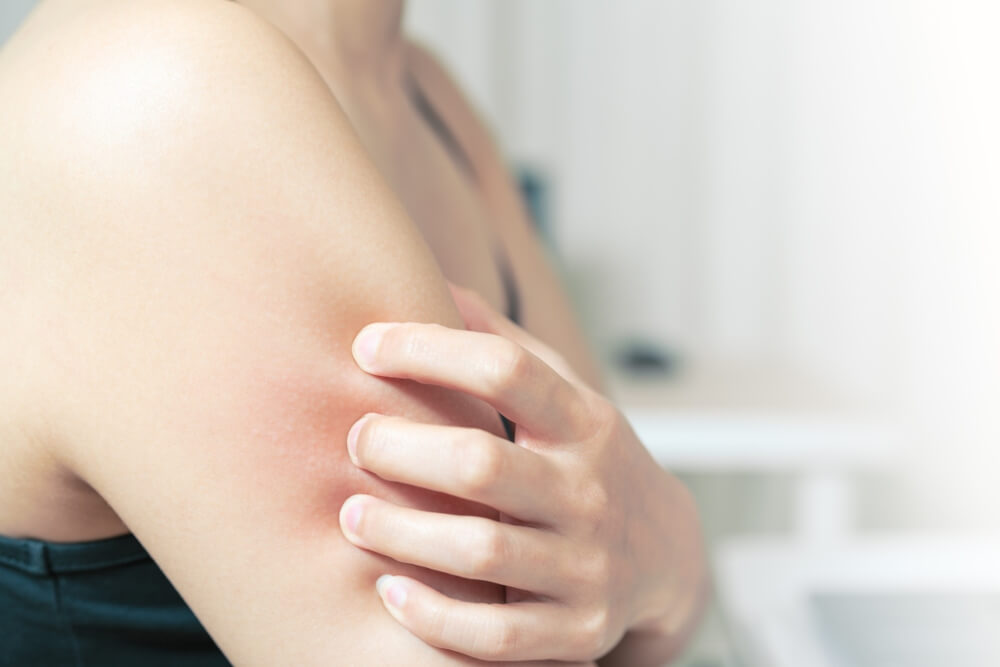
What’s the Difference between Primary Skin Lesions and Secondary?
Before showing you the different types of lesions, first, let’s explain the differences between primary and secondary skin lesions. Primary skin lesions are less painful and dangerous lesions—examples of this type range from blisters, birthmarks, and acne, to rashes and macules.
Secondary lesions are often caused by irritating the primary skin lesions. Some examples of this type include scales, scars, and ulcers. The secondary type is much more dangerous than the primary type, and in some cases, can severely impact your health. Keep reading to learn about why.
Types of Skin Lesions
There are many different types of skin lesions, and some are much more dangerous than others. Take a look below, as we talk about the most common skin lesions that many people have.
Acne
One of the most common skin lesions is acne. Although it is not a red flag for most, it can have the potential to cause scarring for others.
You can usually solve this by taking medicine over the counter. However, if it gets worse, seeing a doctor should be the next step you should take in helping your situation.
Cold Sores
Cold sores are also one of the most common skin lesions and occur when the herpes simplex virus causes an infection.
Most of the time, these cold sores will disappear after a few weeks. However, if this is not the case, you may need to see a doctor for the right prescription for your needs.
Dermatofibroma
Dermatofibroma is another type of lesion. The red flags for this one are if you found some on your legs. They are often relatively small in size but are rigid and firm when touched and red or brown colored.
Most of the time, these are completely painless and should not require any treatment. However, if you feel pain, it’s best to see a doctor for treatment. For this one, removal surgery is normally an excision around that area of the skin.
Eczema
Eczema is another type and looks like red patches of skin in parts of the body. Most of the time, it is extremely itchy. Unfortunately, as it is a chronic condition, there is no cure. However, there are steps to reduce the itchiness and other symptoms related to this lesion. By moisturizing and looking after your skin every day, you should manage these symptoms better.
However, if your eczema persists, it’s often a good idea to ring up and speak to a doctor to help reduce these symptoms and manage your condition in a much easier way.
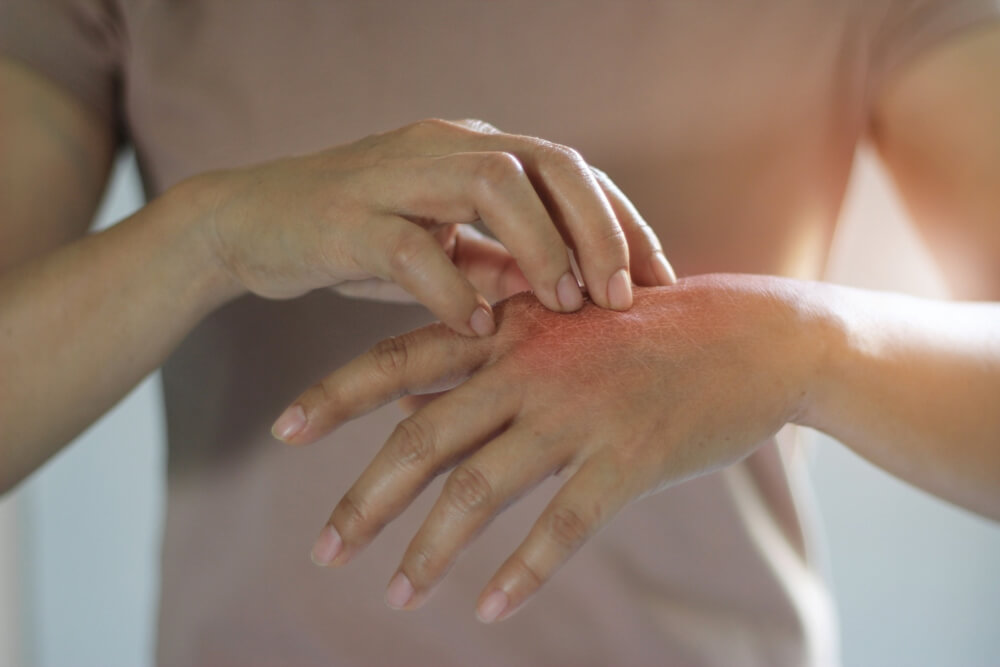
Basal Cell Carcinoma
Basal Cell Carcinoma is a form of skin cancer and is a much more dangerous form of lesions on the skin. It is pretty common and found in 80% of those with skin cancer. However, it can be fatal. By visiting a doctor as soon as you realize you have it, you will reduce the possible damage it may cause.
There are a variety of different factors that can cause this type of lesion. Exposure to ultraviolet light, age, and smoking are all possible causes.
It can sometimes be hard to figure out if you have Basal Cell Carcinoma or not. This is mainly due to the fact that the lesions can vary in size and how it looks. Sometimes they can cause bleeding and ulcers in that area. Due to it being so hard to come to an accurate skin lesion diagnosis from only looking at it alone, an excision biopsy is often conducted to find out precisely what it is.
Squamous Cell Carcinoma
This is another form of skin cancer and is the second most common type. The red flags that you should look for in this lesion is a bump that you feel slowly increasing and causing pain when exposed to the sun.
Unlike Basal Cell Carcinoma, those with Squamous Cell Carcinoma are more likely to see it increase and thus diagnose it more effectively from just looking at it.
By spotting it early and visiting a doctor, you can reduce the negative effects that this lesion may cause. The most common surgery to remove this is by excision.
Seborrhoeic Keratosis
This lesion often looks like a big black mole and is found in the torso and head. Unlike some of the others listed here, large amounts of this can occur at once. They are quite large, ranging from 1 cm to 3 cm in size.
Most of the time, this lesion is completely painless and will not need to be operated on; however, it’s always a good idea to see a doctor to ensure it won’t get worse.
What Happens When You Get a Skin Lesion Diagnosis?
When you visit a doctor to get them to look at the lesions that are developing on your skin, they will conduct a physical examination to look at and diagnose the problem better. They will often ask you about the symptoms you are experiencing since you’ve found the lesion and whether you are experiencing any pain.
They could even take skin samples or swabs to understand what type of lesion you have more accurately.
When’s the Best Time to See a Doctor?
If you believe you have any type that we’ve mentioned above, the best time to see a doctor would be as soon as possible. This especially rings true if you believe it is a secondary lesion. The doctor will help put your mind at ease if it is not dangerous and give you the next steps to take to remove it if it has the potential to cause you a lot of pain. These next steps may be in the form of medication for you to take or surgery to completely get rid of it.
Do you believe that you have a lesion? If you’re in the Palm Beach County, Florida area, Advanced Surgical Physicians can help you out with your problems. With years of experience diagnosing and treating lesions on the skin, we can precisely help to solve your problem. Book an appointment with us today, and you’ll have all your questions answered in no time.


